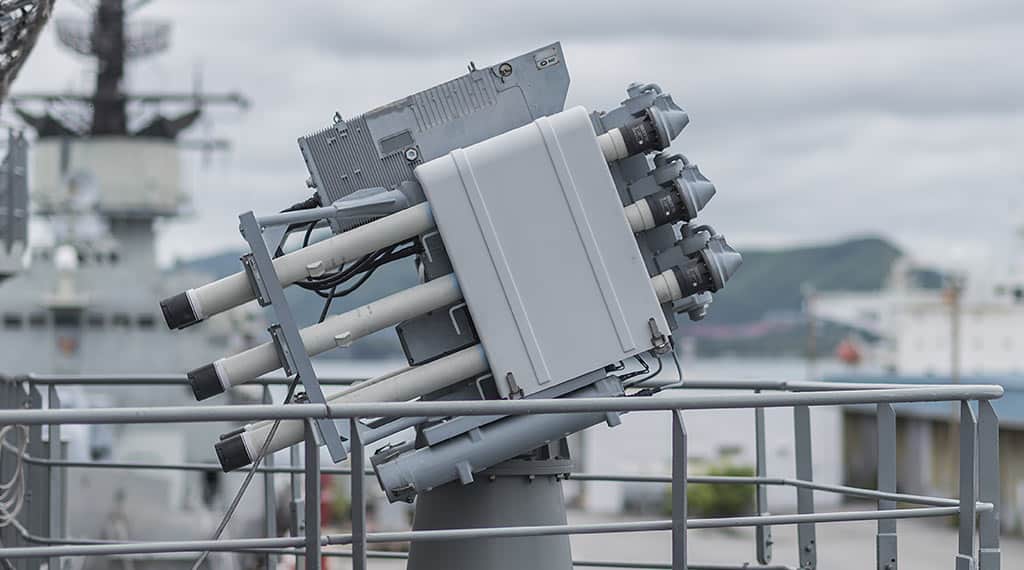For Taiwan’s defense, the focus is on asymmetric, indigenous capabilities

Military planners say asymmetric platforms will boost Taiwan’s overall warfighting capabilities, raising the cost to Beijing of an invasion.
The People’s Republic of China has been threatening to annex Taiwan by force for seven decades. The threat has not been credible until recently, with the ruling Communist Party becoming increasingly emboldened by the country’s rapid military modernization, rising nationalism, and a belief that time is on its side.
In January 2019, Chinese leader Xi Jinping said that “unification between the two sides of the Strait is the great trend of history,” adding that “we make no promise to abandon the use of force.”
Military planners in the U.S., Taiwan’s primary security partner, have made known their concern. In March, Admiral Philip Davidson, the top U.S. military officer in the Asia-Pacific, said at a Senate Armed Services Committee hearing that the “threat is manifest during this decade – in fact, in the next six years.” Former National Security Advisor H.R. McMaster that same month told the committee that Taiwan is “the most significant flashpoint now that could lead to a large-scale war.” He marked the period after 2022, when Beijing is set to host the Winter Olympics, as the time of “greatest danger” for Taiwan.
Taiwan is responding to the heightened Chinese threat by reorienting its defense strategy toward asymmetric weapon systems that are small, mobile, lethal, and often relatively low-cost. They are intended to deter a more powerful adversary or in the event of an attack, turn Taiwan and its environs into a “porcupine” that the People’s Liberation Army (PLA) cannot easily devour. Further, Taiwan will increasingly focus on defeating enemy forces at sea rather than after they have already made landfall.
“I am committed to accelerating the development of asymmetric capabilities under the Overall Defense Concept,” President Tsai Ing-wen said last year, referring to the new ODC defense strategy first outlined in 2018. “This will be our number one priority.”
An asymmetric warfare strategy is reasonable “because there will be a financial challenge for Taiwan to compete ship to ship, aircraft to aircraft with China,” says Roger Yee, founder and global president of Taipei-based security consultancy Magna Imperium Consulting and former president of Raytheon Technologies Taiwan.
“There is a compelling argument that in addition to making Taiwan a tough nut to crack as the porcupine strategy rightly intends, Taiwan’s defenders should also look outward – to reach out as far as possible across the Taiwan Strait to disrupt PLA capabilities,” says Grant Newsham, a senior fellow at the Center for Security Policy in Washington, DC, and a retired U.S. Marine officer.
Elements of Taiwan’s recent arms purchases reflect that approach. For instance, the land-launched Harpoon missiles that the State Department approved for sale to Taiwan last October can hit Chinese warships at sea as well as ports from which they embark.
Click HERE to read more.
- Military Starship: How SpaceX Is About to Make America Globally Dominant - March 4, 2025
- The Cautionary Tale of Zheng He - December 4, 2024
- Frank Gaffney departs CSP after 36 years - September 27, 2024
